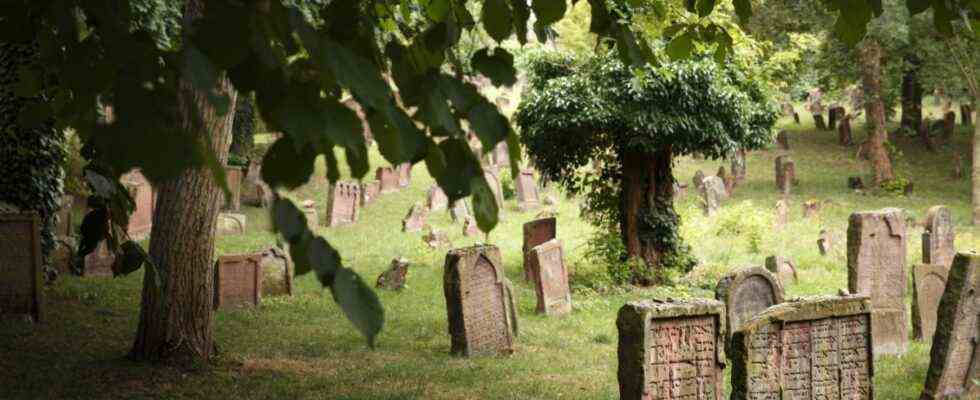The world of Judaism once turned along the hundred kilometer long Rhine axis between Mainz and Speyer. A famous quote describes the importance of the so-called ShUM cities, the third of which was Worms: The teachers there would be “among the most learned of the learned, among the saints of the Most High”. From there, “the doctrine goes out for all of Israel. Since the day of their foundation, all the congregations on the Rhine and in the entire land of Ashkenaz have been oriented towards them.” Ashkenaz, the Hebrew word for Germany, later became the collective term for that part of Judaism that spread in northern and eastern Europe – and to which 70 percent today – was used to distinguish it from the Sephardic Jews who lived among Muslims in Spain and Portugal count of all believing Jews.
The outstanding importance of the three cities on the Rhine for the religious and cultural development of Judaism in the diaspora, whose basis of knowledge, customs and worldview was laid here, was honored on Tuesday by Unesco with the title of world cultural heritage. In this case, the award is less for large and magnificent building certificates than for the spiritual power of a world religion, which was formulated in many aspects in those three cities whose Hebrew first letters form the acronym ShUM, which was known to every Jew at the time. Many of the laws and ideas of Judaism that are still valid today can be traced back here: from the prohibition of polygamy to equal divorce rights to many of the most important Talmudic commentaries.
The brothers and sisters of the other Abrahamic religion in Germany have ensured that the structural evidence is so rare. Already with the first great crusade against Jerusalem, which Pope Urban II proclaimed in 1095, plundering fanatics marauded through the Jewish quarters of the cities in which they had settled since the middle of the 10th century. They murdered, looted and pillaged in a massacre that only a few people survived, and the secular and religious buildings not at all. Around 1350, the so-called “plague pogroms” again killed the alleged “well poisoners” so completely and cruelly that the golden era of the ShUM cities ended.
The synagogue that was destroyed in the Third Reich has been replaced by a spectacular new building
Therefore, apart from the cemeteries in Speyer and Mainz, which miraculously survived the recurring acts of violence by the Germans against the Jews, almost no original substance of early German Jewry can be found. In Speyer, the Judenhof is still an architectural legacy of the Middle Ages, with the large baptismal font, the mikvah, which is a real original of the early development of the Jewish rites on the Rhine. In Worms there are only remains of stone walls, the synagogue has been rebuilt after the waves of destruction. And in the original city of Ashkenazi Judaism, in Mainz or Magenza, where Jews from Lucca were allowed to settle from 917 onwards, there is still the oldest Jewish cemetery north of the Alps. The synagogue, which was also destroyed in the Third Reich, was replaced by a spectacular new building by Manuel Herz in 2010, the building of which emulates the Jewish liturgical term “Keduscha” for holiness.
It is therefore a strongly idealistic connection that is being honored here, for which Rhineland-Palatinate has been trying since 2004 to receive the World Heritage symbol. The appreciation can therefore primarily influence today’s knowledge of the prehistoric times of European Judaism, which in these three cities led to an epoch of great learning and peaceful debate about correct belief. And in contrast to the first two German nominations confirmed over the weekend in Fuzhou, China, the spa towns of Baden-Baden, Bad Kissingen and Bad Ems as well as the Mathildenhöhe artists’ colony in Darmstadt, the fourth title is also more confirmation of an important story that barely left any significant traces .
The two submissions for Roman border walls on the Danube and the Lower Rhine, which would have put together the full German package of success at the 44th Unesco conference on world cultural heritage for the years 2020 and 2021, were only half confirmed. As Hungary withdrew from the joint nomination for the so-called “wet Limes” on the Danube, as it did two years ago, this election was postponed again. But also the remains of the ramparts and fortifications on the Lower Rhine, which Germany and the Netherlands jointly proposed, are a good occasion to deal with the great upheavals that were caused by the first European world power in Germania.

